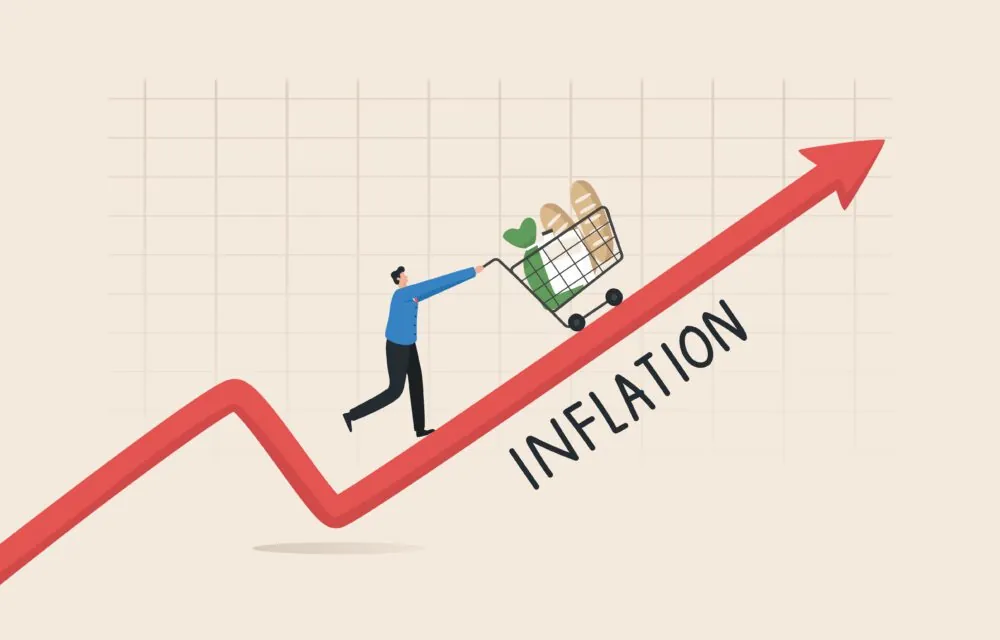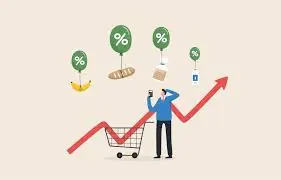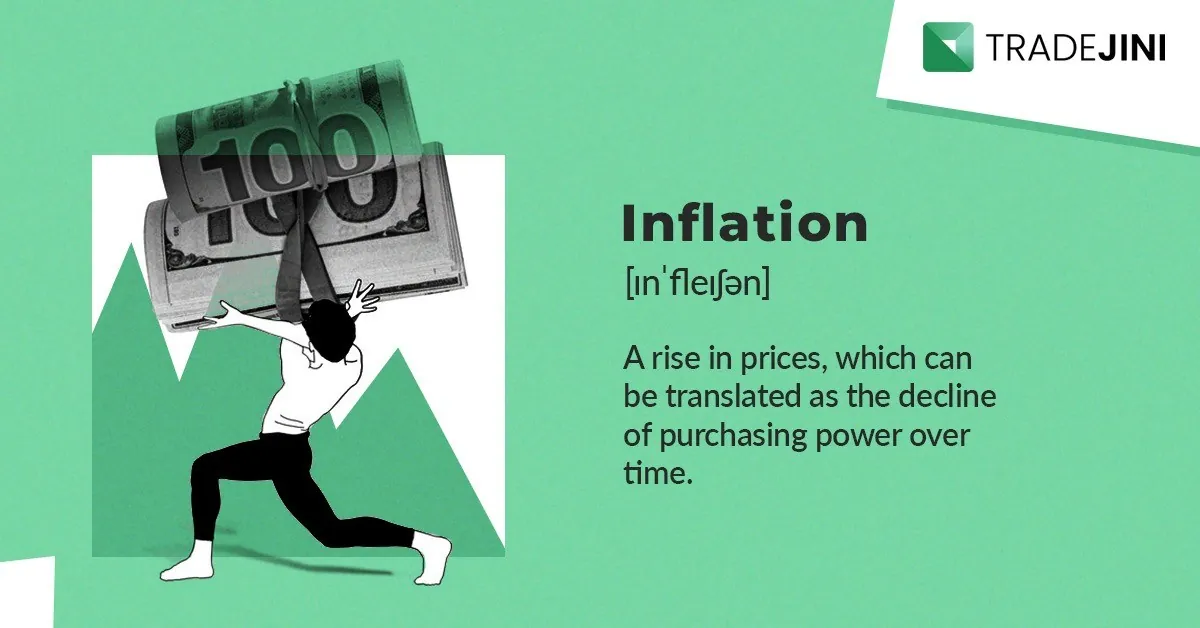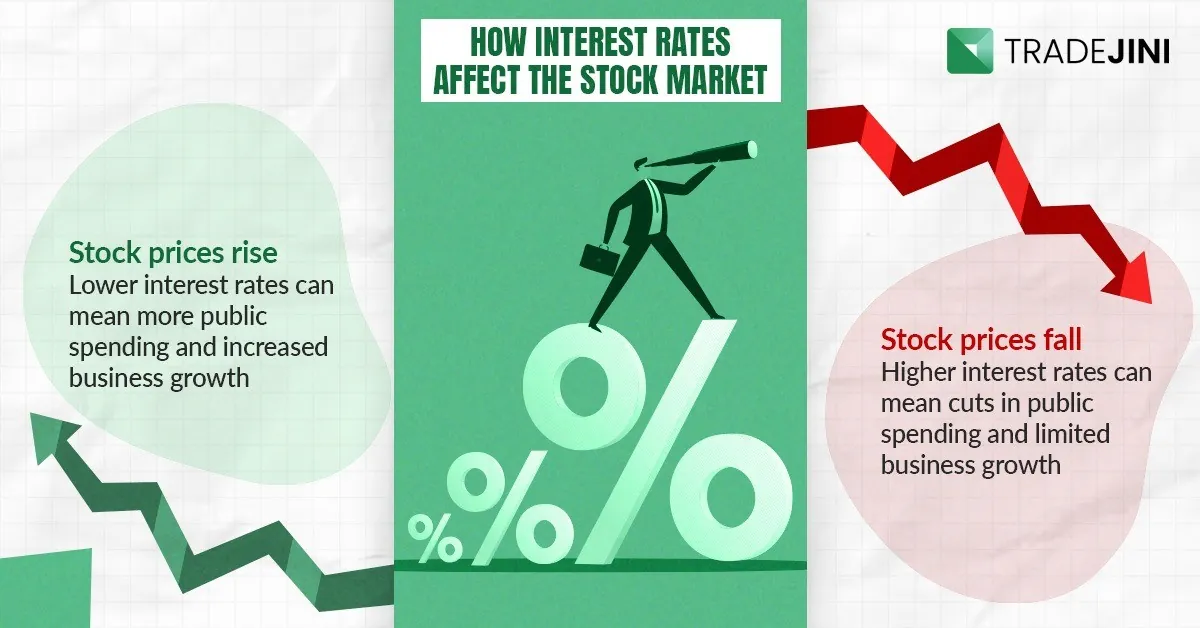Introduction:
The global economic landscape is undergoing a nuanced trajectory, with economic growth estimates and inflation rates playing pivotal roles. In 2022, the world experienced a 3.5 percent economic growth, but projections for 2023 indicate a decline to 3.0 percent, accompanied by a shift in central bank policies to curb inflation. Understanding the dynamics at play becomes imperative as we tread the delicate balance between economic expansion and inflation containment.
Factors Driving Inflation:
Various countries grapple with different economic climates, yet common factors contribute to the rise in inflation. Soaring energy bills, fueled in part by the war in Ukraine, escalating fuel prices, a surge in global food prices, and increased costs of raw materials create a perfect storm. The impact of climbing interest rates on mortgage payments, squeezed salaries, and a global economy recovering from a pandemic further exacerbates the challenge.

Hyperinflation: An Historical Perspective:
To comprehend the current economic scenario, historical insights into hyperinflation provide context. Instances like Tulipmania in 1634, France during the late 18th century's French Revolution, and the infamous Weimar Germany hyperinflation of the 1920s underscore the catastrophic consequences of uncontrollable rises in prices. Hyperinflation often results from a rapid expansion in the money supply, demand-pull inflation, or a government resorting to printing money.
Lessons from History:
The Weimar Germany episode ended through monetary reform and a commitment to budgetary balance. Fiscal reform is considered crucial to prevent relapses into hyperinflationary cycles. The intricate dynamics between the public and the government, seeking to spend money quickly to avoid inflation taxes, highlight the complexities during hyperinflation.

Current Economic Climate:
In today's context, inflation surges due to soaring energy costs from geopolitical events, escalating fuel prices, increased global food prices, raw material costs, rising interest rates, squeezed salaries, and the global economic recovery from the pandemic. While inflation rates are high, caution is urged in using the term "hyperinflation," reserved for extremely rapid price rises exceeding 50% per month.
Remedies and Outlook:
Addressing rising inflation demands a nuanced approach, drawing lessons from history. Drastic tax reforms, reduced government expenditure, and even the introduction of new currencies have been attempted in the past, but their efficacy varies. Credible commitments to monetary and fiscal reforms remain paramount.
Conclusion:
As we navigate through heightened inflation, distinguishing between a challenging economic environment and the extreme scenario of hyperinflation is crucial. Historical lessons emphasize the importance of credible commitments to monetary and fiscal reforms. While concerns about inflation are valid, a measured and strategic approach is key to steering the economy away from the specter of hyperinflation.



